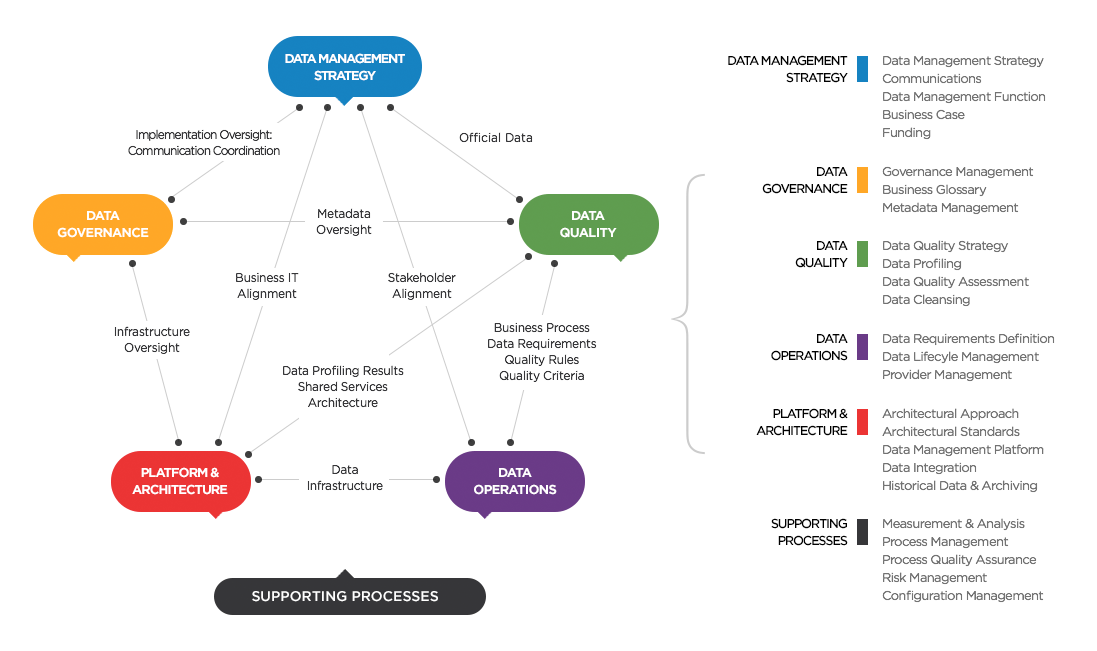The CMMI Institute has announced the creation of the Data Management Maturity (DMM) model, which aims to help organizations harness their critical data and use it to their advantage.
“The Data Management Maturity model is something that the overall data-management and IT industry have been waiting for for a long time,” said Melanie Mecca, program manager of the CMMI Institute. “It not only tells them in record time exactly where they stand in fundamental policies and processes, but it also gives them a lot of new energy that they can immediately apply to very quick tactical as well as long-term strategic improvements to their program.”
The DMM model has been in the works since January 2011. The institute took the project on because, according to Mecca, corporate data assets in general are a mess and have been neglected for more than 30-40 years as they’ve developed.
(Related: The CMMI Institute meets the public)
“Companies live and die based upon their ability to leverage their corporate data assets,” according to the CMMI Institute’s website.
Based on the foundational principles of the Capability Maturity Model Integration process (CMMI), the DMM model looks to define what is required to achieve alignment on strategy, manage operational components, define dependences, ensure data quality, and integrate data into business processes.
“Data is your lifeblood, and you need to always be nurturing it, building it, sustaining it and improving it,” said Mecca.
She went on to clarify that the DMM model doesn’t tell an organization it has to do something, but rather it tells it what it needs to do in order to achieve manage data efficiently.

The model provides a common language and framework that depicts what progress looks like in all fundamental disciplines of data management, a full suite of successive training classes, a facilitated evaluation method led by a DMM-certified professional, and a partner program to help partners evaluate and implement data-management practices.
“Our intent for the DMM is that it becomes the global reference model standard for doing a high-quality job managing corporate data assets,” said Mecca.
The model defines data management in specific process areas grouped by categories. Categories include data-management strategy, data governance, data quality, data operations, platform and architecture, and supporting processes.
“The thing about models is it is set up so you can use each process area independently,” said Mary Lynn Penn, director of enterprise integration at Lockheed Martin. “But the real use of a model is to take a look at it, determine where it is helping you, what gaps it is filling, and really align it with your business goals, objectives and strategies.”
Sponsors of the DMM include Booz Allen Hamilton, Kingland Systems, Lockheed Martin and Microsoft. It was created in cooperation with the Enterprise Data Management Council.
“The best practices in the model well focuses us on the activities that we need to consider, but it also identifies gaps in our strategies and in our architectures,” said Penn. “Anytime you can get insight from industry or best practices that will enhance your ability to better produce a data-management structure that you are more confident of, you embrace that.”
Currently, the DMM model is undergoing a peer review by more than 140 CMMI and data-management experts. The model and a full ecosystem of supporting services will be available this summer.





